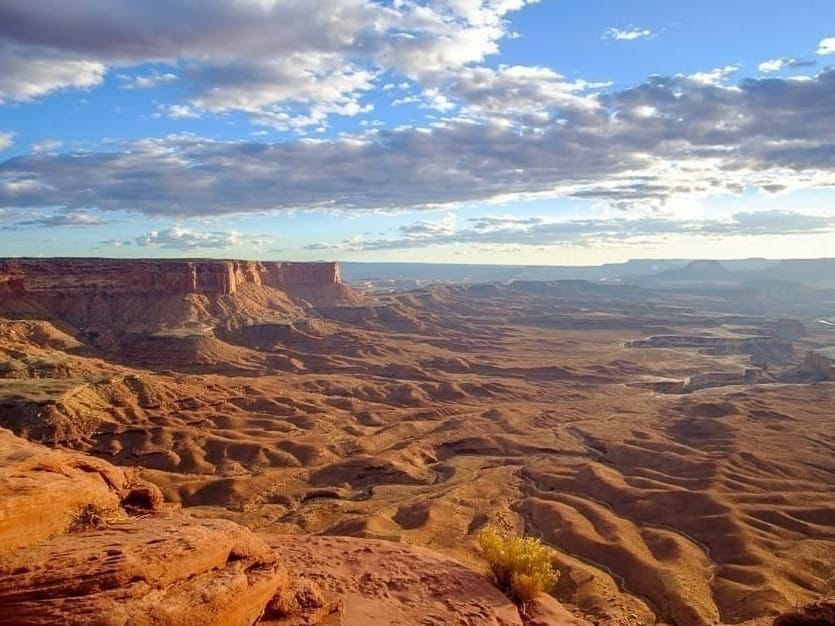WASHINGTON (AN) — Hotter days, warming oceans and shifting weather patterns powered by human-caused climate change are impacting people and cultures as never before.
As summer bakes the Northern Hemisphere, a massive humid heat dome settled this week over the Persian Gulf region, pushing temperatures to 45° Celsius; the heat index, which factors in the effect of humidity, soared to 65° C. The extreme humidity is linked to the Gulf where sea surface temperatures are reaching 35°, the warmest in the world, according to the U.S. National Oceanic and Atmospheric Administration.









